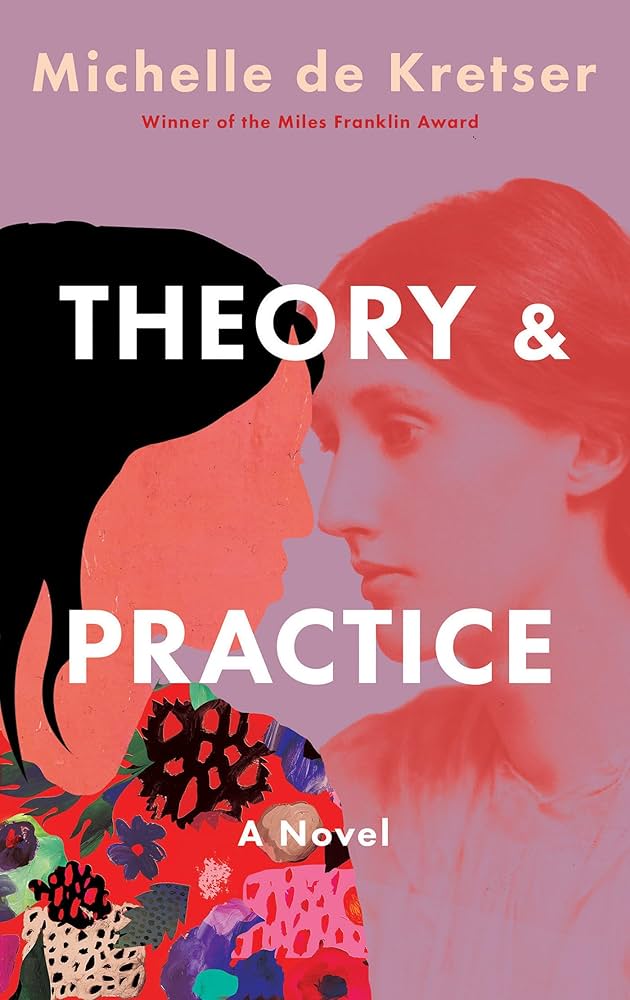Book by JOSEPH KERTES
Reviewed by
How to depict human suffering, especially that of children? This question is at the heart of Joseph Kertes’s haunting novel, The Afterlife of Stars, which tells the story of a family fleeing the 1956 Soviet invasion of Hungary to crush the anti-Communist revolution from the point of view of young Robert Beck, 9.8 years old but “born old,” as his Parisian aunt tells him when she meets him for the first time. Kertes, like Robert, escaped with his family across Europe and eventually settled in Canada, though he was only five at the time. Kertes, whose previous novel, Gratitude, won both the National (U.S.) and Canadian Jewish Book Awards, might have written a memoir, but writing a novel allowed him to tell this story in a lyric, dreamlike prose. This may have been the best way for this author to convey in a literary, adult voice such an early trauma.
At the beginning of the story, Robert sees men strung up in a public square in Budapest. His experience of death quickly becomes more intimate, when Judit, the wife of his father’s cousin, dies in childbirth as they flee. This new war is always shadowed by what young Robert calls “the big war just past.” The Beck family is Jewish, and their ordeal in World War II is the subject of the much longer Gratitude. Both books invoke an almost mystical hero—the Swedish diplomat, Raoul Wallenberg, who rescued 100,000 Hungarian Jews by issuing them Swedish papers. InGratitude, we see him in action. In The Afterlife of Stars, he is a ghost. Wallenberg was last seen in 1945 and has never been accounted for, though he is believed to have died in a Soviet prison. In both novels, Paul Beck, a cousin of the children’s father, became Wallenberg’s helper and saved his family. He survived the war, but disappeared after a family dispute. Paul’s history with Wallenberg continues to make the family a target of Soviet suspicion and precipitates their flight among other events in The Afterlife of Stars. Paul’s disappearance is also a family shame that has been hidden from the boys, which this exodus forces into the open, with tragic consequences.
Kertes’s main characters are children. But, for the most part, they do not speak like children. They speak like poets, as do many of the adults they encounter on their flight. The nuns at a convent where they take refuge after escaping across a mine field into Austria sing an aria by Vivaldi; a master perfumer they meet on a bus through Germany tells the boys, “I smell honesty. I smell eagerness, anticipation. I smell charisma, the musk of it. I smell fear. I smell fertility.” The beautiful aunt who is waiting for them in Paris is a former opera singer who both hides and reveals family secrets to young Robert in monologues that read like arias.
Robert’s 13-year-old brother, Attila (“the Hun,” he explains proudly to the master perfumer), in many ways drives the book. Robert is the Artist As A Young Boy, the observer; his older brother is all action. Though he calls himself a warrior, Attila addresses his younger brother with odd endearments—“my alabaster darling” and “my one true love”—which are so poetic they almost seem to have been translated from Hungarian, but might simply reflect Attila’s passion for operatic language. He tends to speak in monologues that are not quite in the realm of the real. Nonetheless, the characters are solidly grounded in their own experiences and inner worlds.
Robert says, “I don’t know how we could have been brothers, Attila and I. We were the Adjective Brothers: Sudden and Gradual.” Attila is an over-amped, highly intelligent teenager (today he might be considered “on the spectrum”), who doesn’t abide by social norms. He has a very short fuse and long lists of philosophical questions, which exhaust the adults around him and fascinate his younger brother. The boys’ adventures reinforce the impression of a symbolist fairy tale. At the beginning of the novel, the two boys escape gunfire by climbing into Papa Stalin’s boots, which were left standing after the toppling of the famous statue in Városliget park in Budapest, and pulling rope ladders up behind them. Later, in Paris, they set off through the sewers, in a dreamlike journey, evoking Jean Valjean’s flight in Victor Hugo’s Les Misérables.
Kertes is taking a risk telling the story from a child’s point of view and in such a lyric voice. For the most part, it works. What better way to describe events that are hard for adults to wrap their minds around? Making the younger brother the narrator helps bridge the gap between sibling arguments about toothpaste and Robert’s writerly observations, such as “the moon was full and outlined the shape of things, like a night artist.” Or “The countryside seemed too bashful to be France.” Precocious as they are, the boys adore super heroes and Pez candy and fear their short-tempered father. Robert, blessed with the vocabulary and foresight of a writer, understands the importance of his relationship with his brother: “the Baby Psychologist growing inside me already knew that the price of having a Chief Protector in Attila was that he got to be my Chief Jailor and Chief Tormentor.” It is not the sibling relationship that surprises in this passage, but the image of a Baby Professional growing inside the young boy—at other moments, he has a Baby English Graduate Student and even a Baby God gestating inside him. It’s less odd when you consider that on arrival in Paris after their harrowing escape from Budapest, the family has a passionate argument over dinner about Truth and Culture.
This kind of thing could wear on a reader, and there are times when the interplay of fantasy and reality goes very far indeed, as in the scene where the aunt’s sensual Parisian housemaid, Babette, comforts, then invites the brothers to suckle at her breasts, and young Robert thinks, “We were Romulus and Remus, set to remake the world.” Though it sounds like a fantasy, this scene is not presented as such. It exists on the same plane of reality as the Russian officers who come to the door, put burlap bags over the parents’ heads, and take them away for questioning. The latter is as believable as a news story and as horrifying as a fairy tale—one guesses that this is the point.
There is also humor, as in the scene when Attila lectures a well-meaning priest on God’s decision to give certain body parts a wide variety of functions.
Reading The Afterlife of the Stars, I thought of Susan Sontag’s famous essay, “On Regarding the Pain of Others,”which asks, among other things, whether seeing photographs of suffering people makes us more or less empathetic. Sontag cites from Plato’s The Republic, the story of Leontis who was trying to resist his impulse to stare at a pile of recently executed bodies:
He wanted to go and look at them, but at the same time he was disgusted and tried to turn away. He struggled for some time and covered his eyes, but at last it was too much for him. Opening his eyes wide, he ran up to the bodies and cried, ‘There you are, curse you, feast yourselves on this lovely sight.’
This story represents all of us, our impulse to look, our shame at looking, and the impossibility of forgetting what we have seen. Unlike the photographer, the writer who bears witness to atrocities must capture the reader’s gaze via the abstraction of words. A more literal rendering of this family’s ordeal would have brought home its tragic aspects, but would not have conveyed the tenderness and hope that persisted in them as movingly as Kertes’s poetic imagery and humor.
Rebecca Chace is director of creative writing at Fairleigh Dickinson University and 2014 recipient Grace Paley Fiction Fellowship at Vermont Studio Center.



